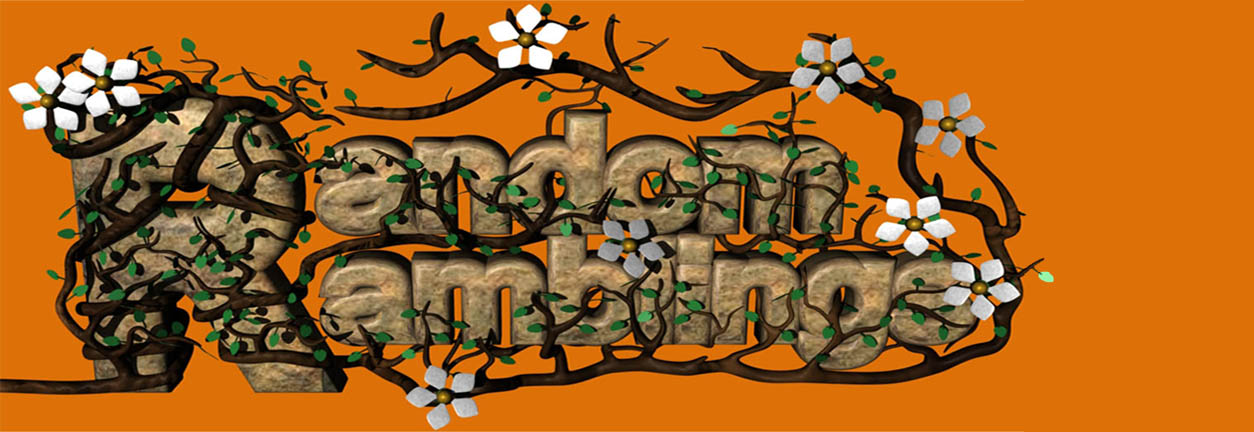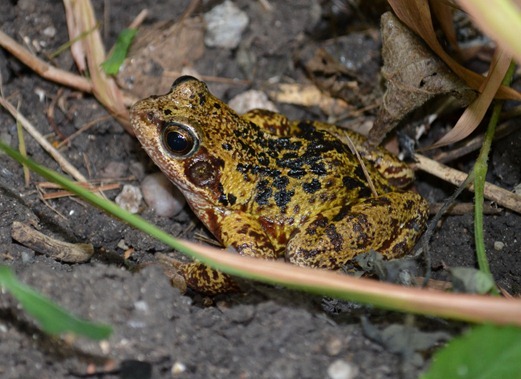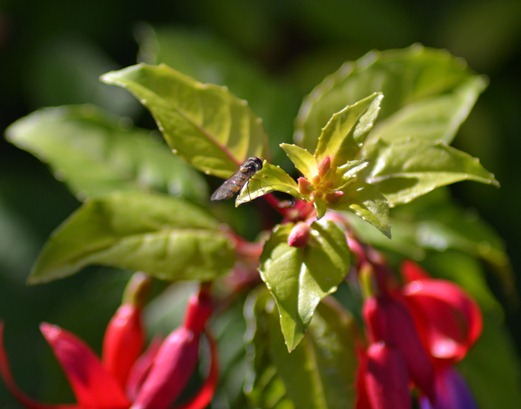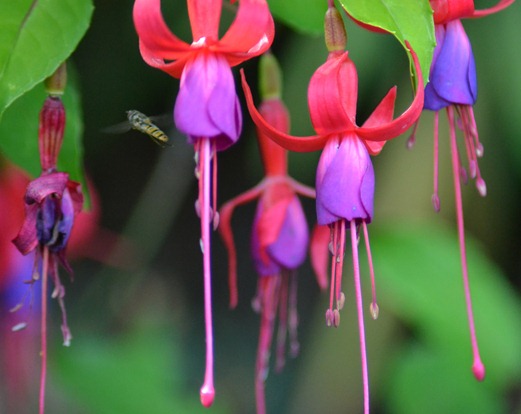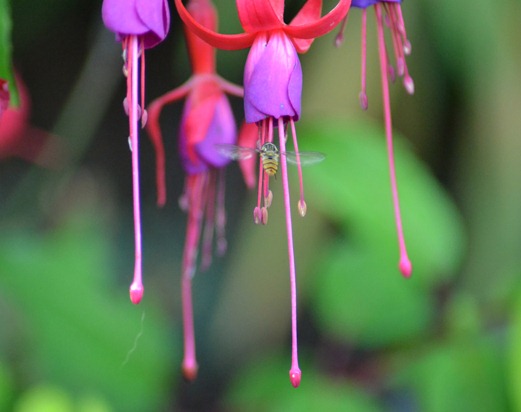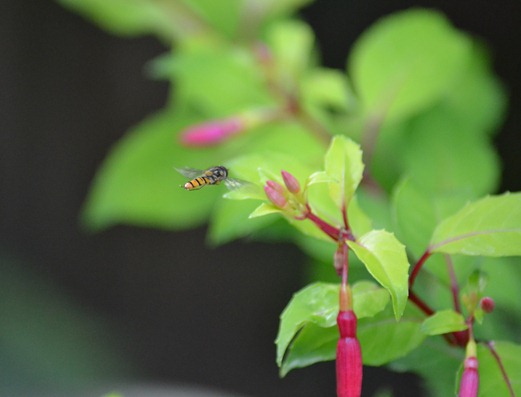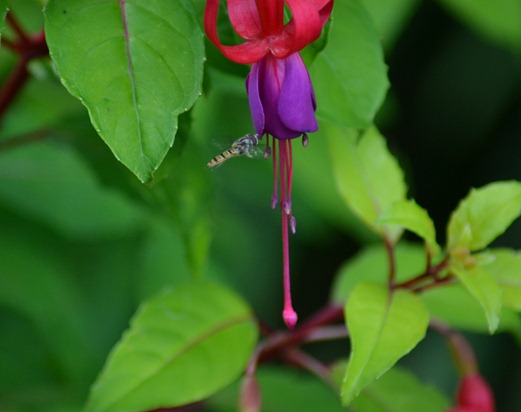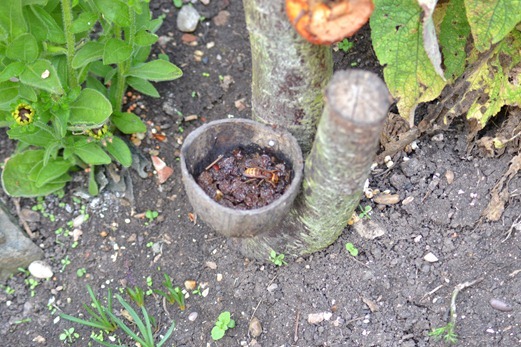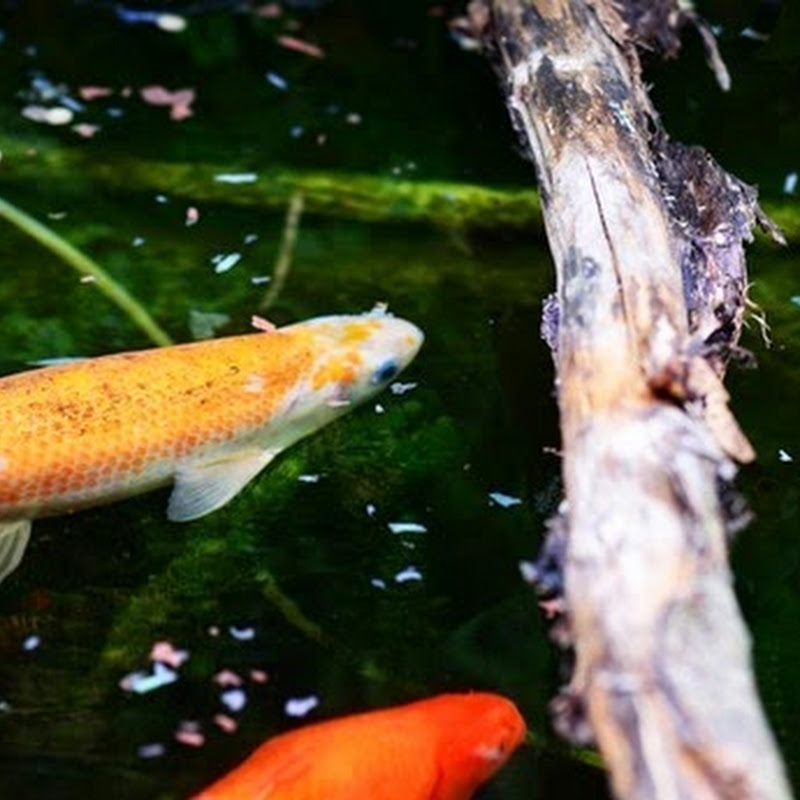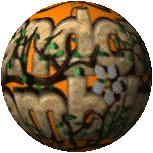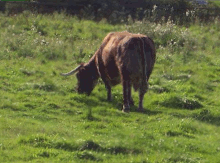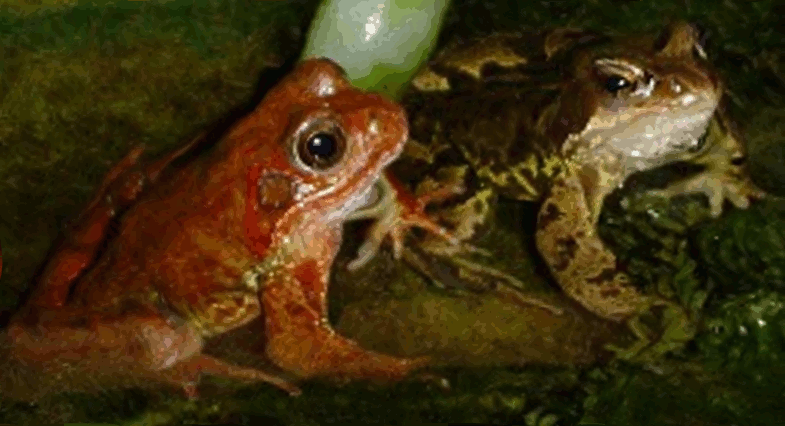Every year man discovers amazing things, invents complex answers to problems and yet forgets things that have been discovered by his forebears within the blink of an eye. This is probably the greatest mistake that we make as a species. We are the only species on the planet that regularly sweeps aside wondrous knowledge and throws it deep into a dusty abyss. Much of what has been learnt over time, may not have even been recorded in a book but told by word-of-mouth then lost completely forever.
The oldest form of any antiseptic known to man is in the form of various salts. Bicarbonate of soda, also called by a variety of other names from simple bicarbonate, sodium bicarbonate and baking soda being the main variations is one of these salt based antiseptics, which is also an active fungicide. It should be part of everyone’s basic hygiene to include bicarbonate of soda into their daily routines.
Purchase good quality, food grade, bicarbonate and then it may be used wherever and whenever it is needed.
The first time I was really introduced to bicarbonate of soda as an antiseptic was with an eye infection. This was most probably caused by transference of germs from a keyboard, a shopping trolley, or simply a door handle to an eyelid which then became both sore and itchy and spread around the lids and the lashes of both eyes. For the next month, morning, noon and night I had to bathe my eyelids and eyelashes with one teaspoonful of bicarbonate of soda stirred into boiled water then allowed to cool. After this, I began looking into medical and household uses for this forgotten ‘miracle powder.’
Here are just a few of the uses of bicarbonate of soda:
It may be used as a mouthwash to get rid of bad breath either caused through bacteria build-up in the mouth or spicy, aromatic foods. It can be made into a paste and used to clean stains off teeth. The powder may be dissolved into a little warm water and gargled to cure a sore throat. It is a quick first aid item that can be gently applied to mouths to ease symptoms of thrush whilst waiting to see a medical practitioner. It may be used as a simple exfoliator, a skin softener, a gentle hair conditioner. Items of personal use such as toothbrushes and hair combs may be soaked in a solution of it to clean them. A pinch of it may be stirred into a half-tumbler of water just before bedtime to help give a soothing night’s sleep. It reduces acid attack and is often preferable to alleviate heartburn and indigestion than traditional tablets and medicines. A tiny spot placed into the centre of the tongue will often calm down coughing attacks. It is sometimes a useful alternative medication for alleviating rashes. Over the centuries bicarbonate has been applied to both insect stings and bites for almost immediate relief. It kills off parasites and destroys their eggs. The powder may be sprinkled and used as a dry insecticide or a small amount added to water and lightly sprayed over plants. This list is almost endless and it is therefore always worth bearing in mind that it could be worth trying when all else fails.
Please do remember that it is a salt so always follow guidelines on the packet to make sure that too much isn’t consumed over a twenty-four hour period.
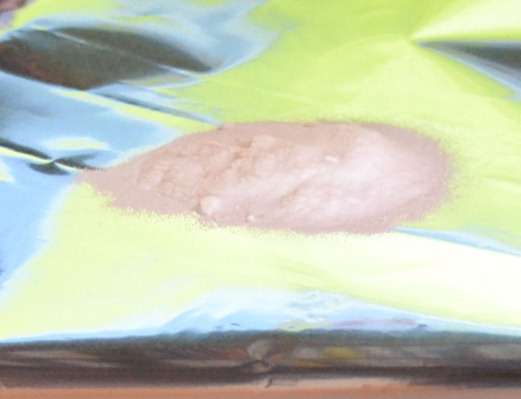
Sodium bicarbonate powder
Country Quips:
- We are all much wiser than we are led to believe, sadly we rarely know when to use our wisdom.
